Yazd is the third largest producer of Iranian saffron
Yazd province with the annual production of three tons of saffron, after Khorasan Razavi and South Khorasan provinces, is the third largest producer of this product in the country.
The area under saffron cultivation in Yazd province is 600 hectares, which can be named as the main production areas of this product in Tabas and Bahabad cities in the province.
The average harvest of saffron per hectare in Yazd province is 5.4 kg and it is predicted that three tons of saffron will be harvested from the farms of the province this year.
The main planting and development areas of this crop are in Tabas city and Dastgerdan and Dehuk districts of this city, so that according to the suitable conditions of these areas and the efforts of the farmers of this city in the 2012 crop year, the sample saffron of the province with a yield of 14 kg dry saffron per hectare He was selected and introduced from Tabas city.
Part of the saffron produced in the province is processed in the mentioned areas and the rest is exported in the form of flowers to neighboring provinces; Of course, changes in price, lack of packaging industry and facilities for producing high quality onions are the most important problems in this sector.
The saffron plant has six purple petals and three strands of red stigmas, the part of which is the same stigma.
Saffron is sedative, appetizing, prevents heart disease and cancer, strengthens memory and lowers blood pressure.
Saffron is also used to treat asthma, skin and eye diseases, urinary tract infections, jaundice, bloating, stomach pain and anemia.
It should be noted; Saffron is one of the most suitable plants for low water areas, the harvest of which started in the second half of October in Yazd province and will continue until the end of December.


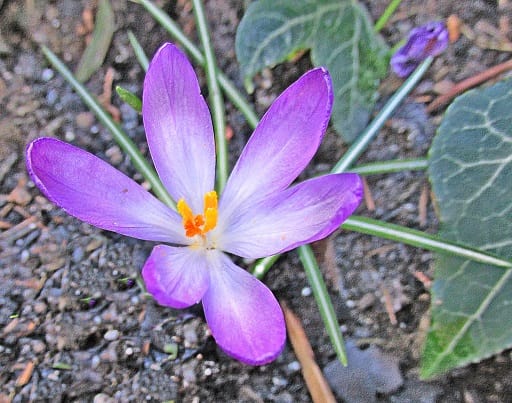
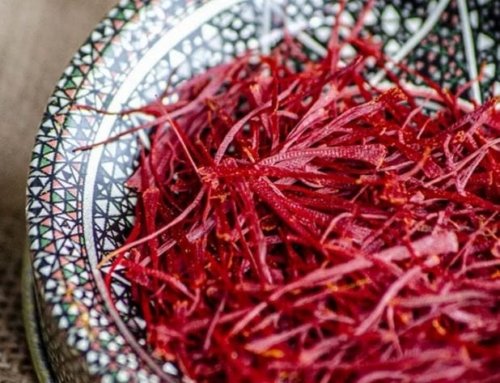
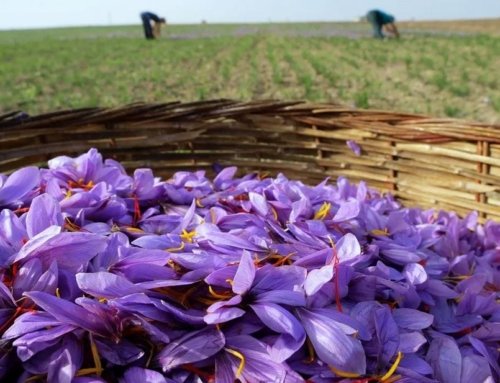
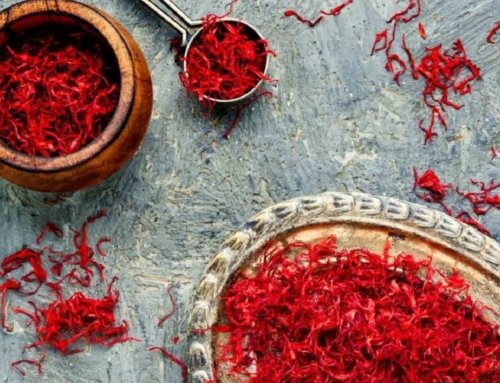
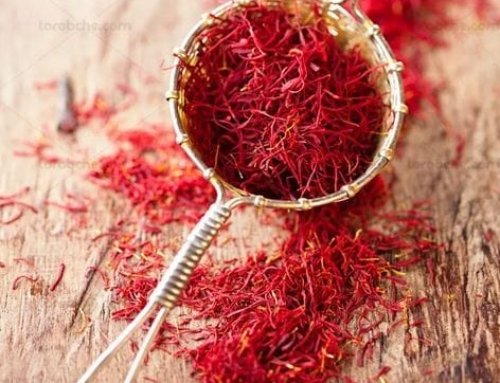
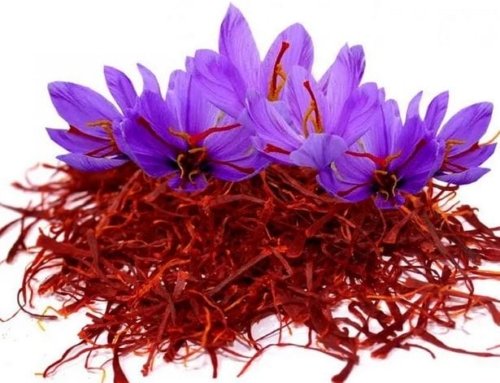
Get Social